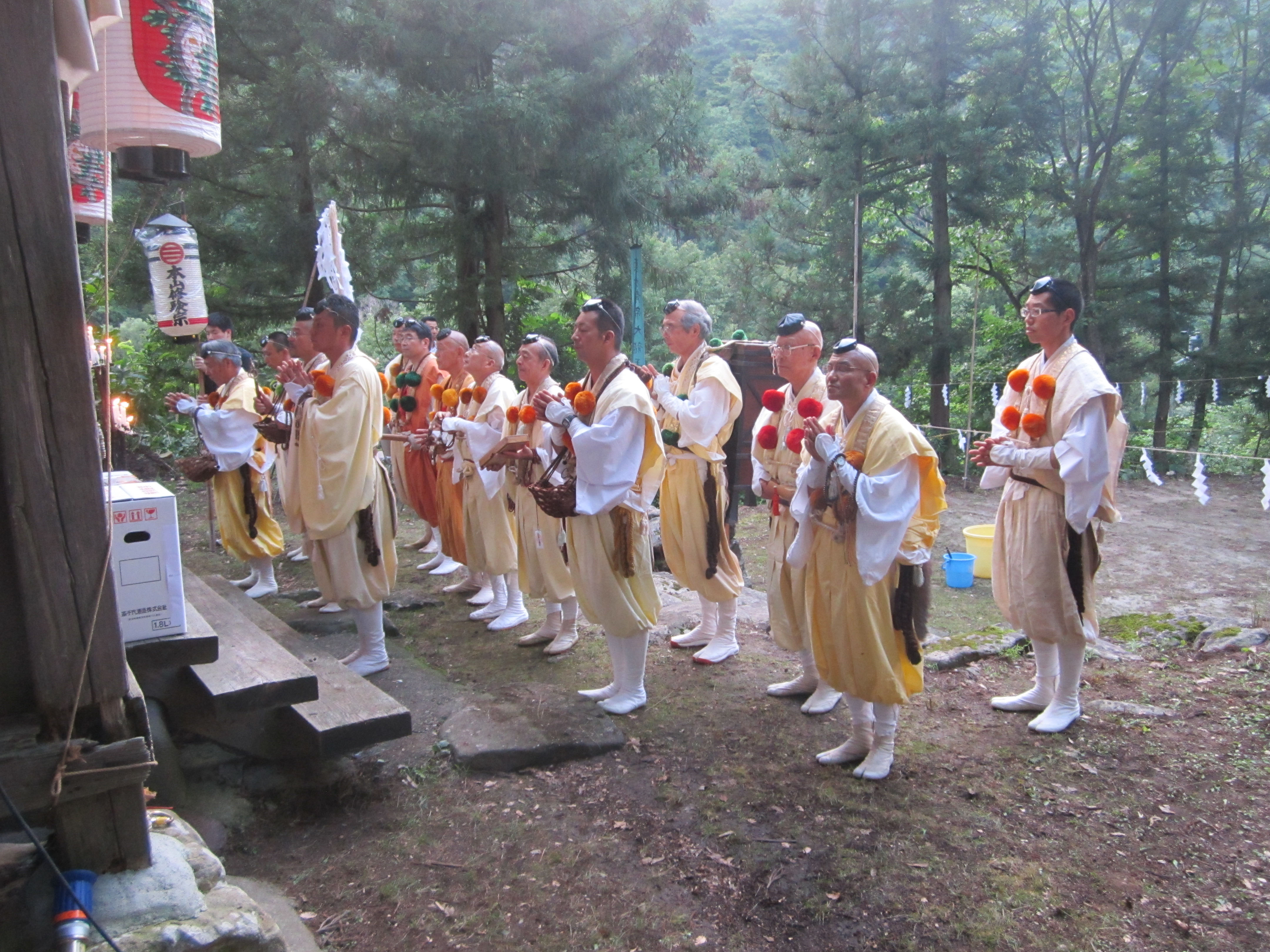The village of Shimizu in Niigata Prefecture has a long history, but in a few decades it may be gone. Located 600 meters above sea level at the foot of Mount Makihata on a pass between parts of northwestern Honshu along the Sea of Japan and the Kanto region on the Pacific side, Shimizu hosted a military checkpoint in the feudal Edo Period (1603-1867), though its several hundred residents have traditionally relied on timber, coal and silk for their livelihoods.
Now the checkpoint is long gone and those age-old industries are no longer profitable, so this corner of the prefecture's Minami-Uonuma district is — like much of rural Japan — stricken by an exodus of job-seekers both young and not-so-young. Combined with a fast-falling birth rate, this has led to rapid depopulation. The elementary school closed in 1980, and by the end of 2012 there were only 18 dwellings housing 58 residents, 40 percent of them aged over 64.
This is where a nonprofit organization named Ecoplus comes in. Earlier this month I boarded a chartered bus to Shimizu with around 20 others from Tokyo to participate in one of the environmental group's programs.



















With your current subscription plan you can comment on stories. However, before writing your first comment, please create a display name in the Profile section of your subscriber account page.